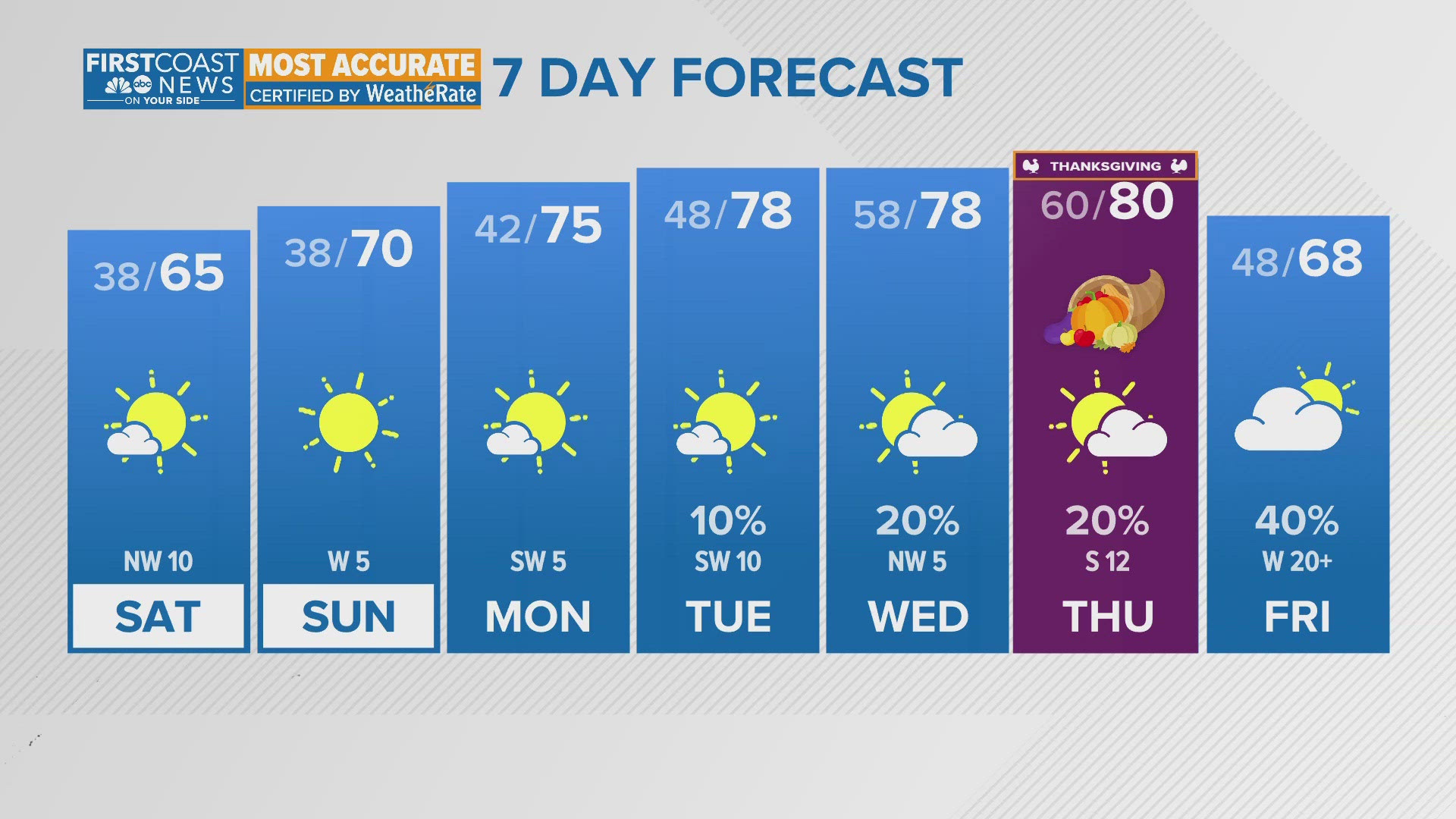As the 2024 Atlantic hurricane season presses on, it’s clear that it’s been a busy one—but just how active has it been?
We’re already above average in terms of named storms, hurricanes, and major hurricanes. However, beyond storm count, meteorologists often look at another key indicator to gauge the season’s intensity: Accumulated Cyclone Energy, or ACE.
What Is ACE?
Accumulated Cyclone Energy (ACE) is a metric that doesn’t just tally storms; it measures the total energy they produce. ACE takes into account both the intensity and duration of storms, giving a fuller picture of the season’s power.
Here’s how it’s calculated: by summing the square of the maximum sustained wind speeds for each storm, recorded at six-hour intervals, while the storm maintains tropical storm strength or higher. This means that stronger and longer-lasting storms have a greater impact on the ACE value, making it a reliable way to assess the season’s overall intensity.
So far in 2024, the Atlantic’s ACE score is well above average. This rise is largely due to several long-lived, high-energy hurricanes that have formed and sustained their intensity over days, delivering significant energy output.


Early Season Surges, Mid-Season Lulls, and Recent Spikes
A analysis from the University of Colorado reveals how this year’s ACE has developed. Early in the season, storms like Beryl brought a surge in ACE, pushing levels above average by July. The season saw a bit of a lull in August, but things picked up rapidly in September with major hurricanes like Helene, Milton, and Raphael. These storms have continued to contribute to the ACE metric, pushing the 2024 season to levels well above the historical average.


ACE and Why It Matters
Using ACE as a measure helps meteorologists understand not just the quantity of storms, but also their collective impact. The Atlantic has seen multiple systems, including a few in distant regions, that have contributed to the above-average energy totals this season.
While ACE is an insightful metric, it’s worth noting that the hurricane season is far from over. The possibility of further high-energy storms in the Atlantic means the ACE score could continue to climb in the coming weeks.
For the latest updates on the Atlantic hurricane season, stay tuned to First Coast News and our Hurricane Central page for breaking news, forecasts, and insights on what’s next in this intense season.



